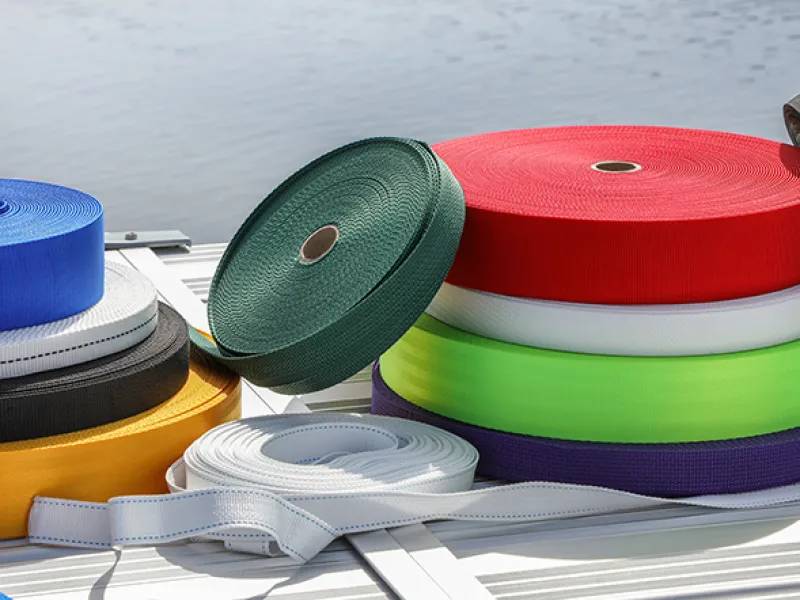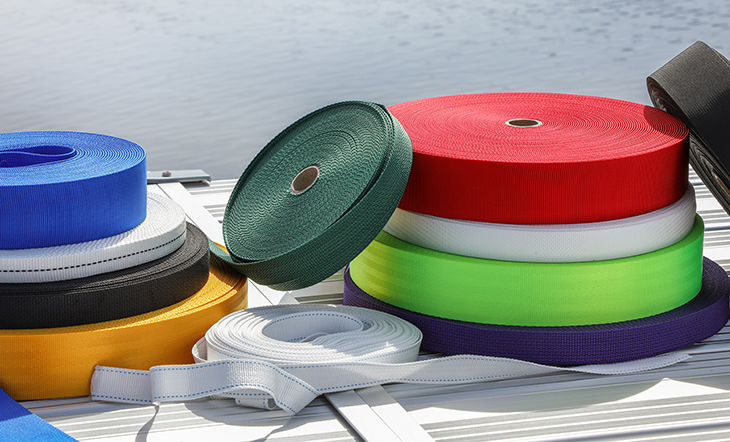How to choose the right webbing

Choosing the correct type of webbing depends on various factors, such as the intended use, the weight the webbing can bear, the required durability, and the usage environment. Here are some tips to help you select the appropriate webbing type.

1. Consider the purpose: There are many different materials, widths, and thicknesses of webbing, each suitable for different purposes. For example, nylon webbing is suitable for outdoor gear such as backpacks, while polyester webbing is more suitable for heavy-duty applications such as lifting straps.
2. Check the weight limit: Ensure that you choose a webbing with a weight limit suitable for the intended use. You don't want to use lightweight webbing in heavy-duty applications.
3. Check for durability: Consider the durability of the webbing. If it will be exposed to sunlight or harsh weather conditions, be sure to choose webbing that is UV-resistant and waterproof.
4. Consider the width: The width of the webbing will affect its strength and load-bearing capacity. Wider webbing is stronger and can bear more weight, but it is also heavier.
5. Check for flexibility: Depending on the use, you may need a flexible webbing that is easy to handle, or a rigid webbing that can maintain its shape.
6. Consider the material and texture: The material of the webbing will affect its friction and anti-slip properties. Smooth webbing may be more likely to slip, while textured webbing will grip more tightly.